
Termite in new construction
Buildings are susceptible to termite infestation, which not only damages your home decor but can also cause the collapse of the entire building. In termite control, the principle of “prevention first, comprehensive treatment” is usually adopted by Pest Control experts.
Prevention methods employed by Pest Control typically involve two approaches. Firstly, taking an ecological perspective, changes can be made to the environmental conditions of termites to create an unfavorable environment for their survival. Secondly, chemical treatment can be used on wood, cables, and soil to render them resistant to termites, reducing the likelihood of successful nest construction and achieving comprehensive control. The warranty period for such measures can last up to five years.
Termite prevention measures for both the interior and exterior structures of buildings include treating the foundation and managing soil and vegetation on sloping terrain.
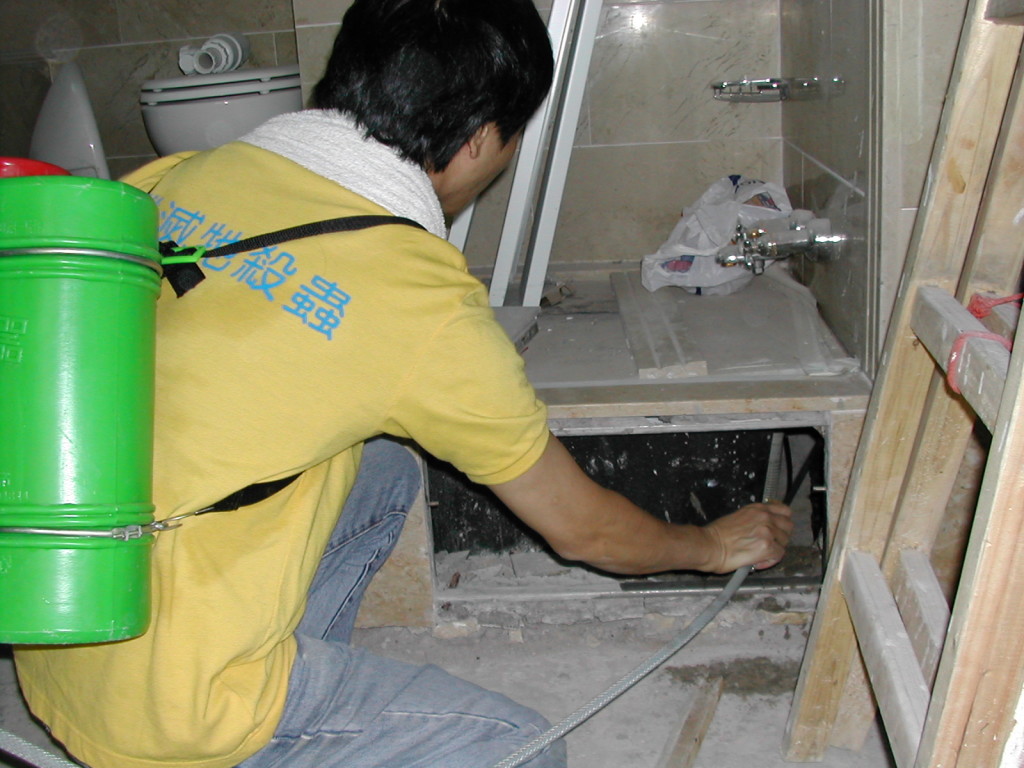
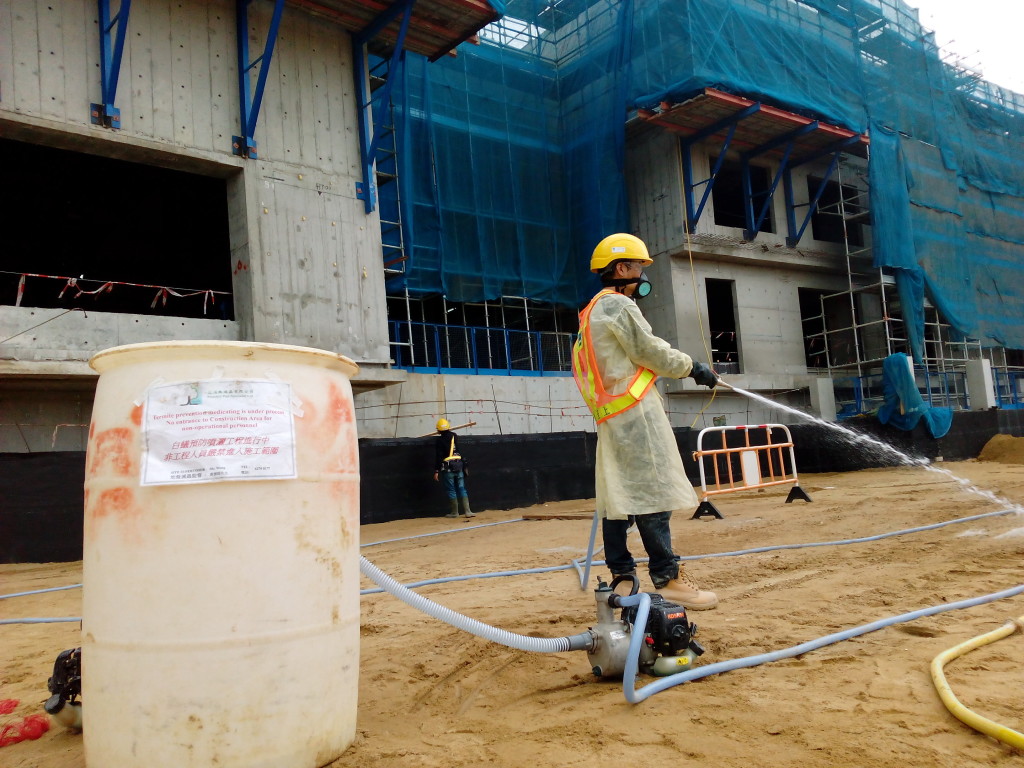
Prevention is always the best control
There are two different methods for TERMITES prevention typically used before construction:
Chemical prevention for building interior and exterior:
1. White ant prevention treatment for the building structure and foundation:
- Spray white ant pesticide inside and outside the building before concrete pouring to form a barrier and prevent white ant invasion.
- Install barriers before waterproofing protection layer is established on the foundation.
- White ants can easily invade through the gaps between walls and the ground, so special attention should be paid to the treatment of the wall-floor junctions.
- The interior walls of all elevator shafts and pipes are prone to white ant infestation and must be treated.
- All entrances to interior pipes, expansion joints, cables, and other areas are also prone to TERMITES infestation and must be treated.
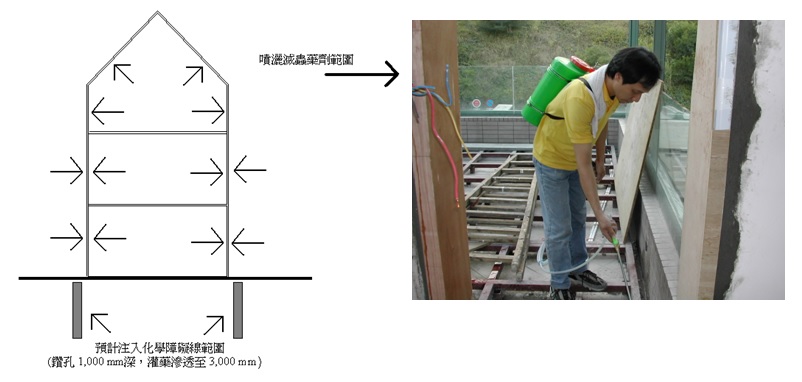
2. Ground treatment for buildings
- Spray an appropriate proportion of chemicals on the sand layer and combine them with the soil to build a layer of chemical barrier, which creates a blocking effect to prevent termite invasion and achieve comprehensive protection.
- As moist wood and soil are ideal living environments for termites, reducing this condition is an important aspect of preventing termite damage. Therefore, soil treatment before construction and indoor treatment after building completion are necessary.
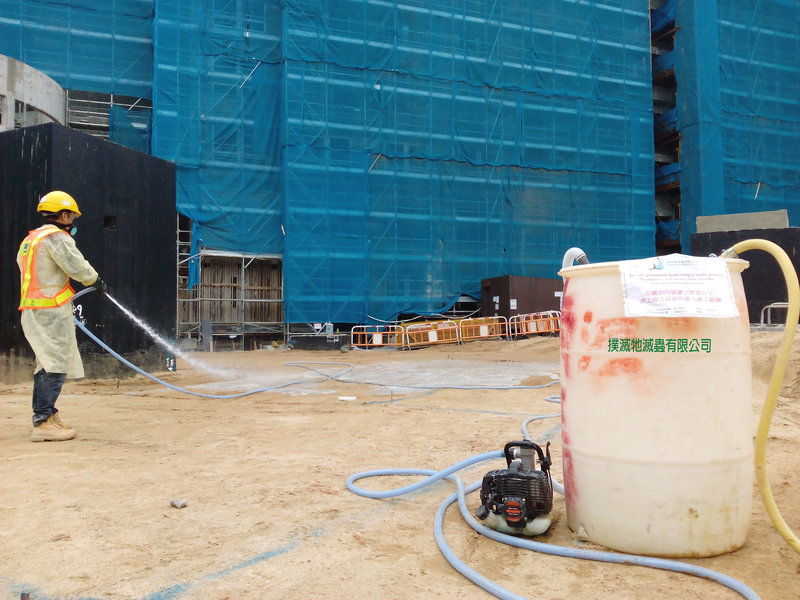
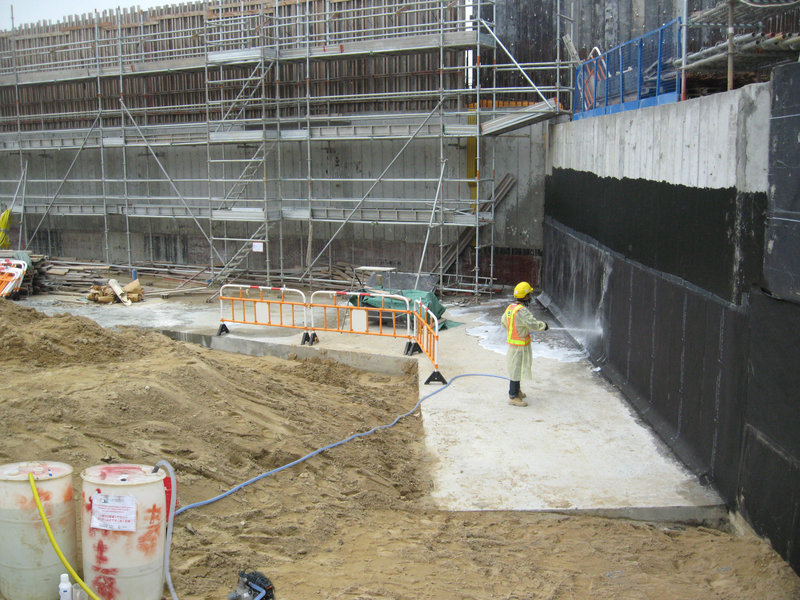
Prevention of termites in soil and trees on slopes:
The greenery, ornamental trees, and slopes near the building are prone to breeding white ants. To prevent the growth of white ants, the soil in the planting pots of greenery and the surrounding slopes should be treated with antifungal solution.
Professional white ant repellent should be used, which does not cause any harm to the trees and plants and can enhance the protective effect, making it highly effective.
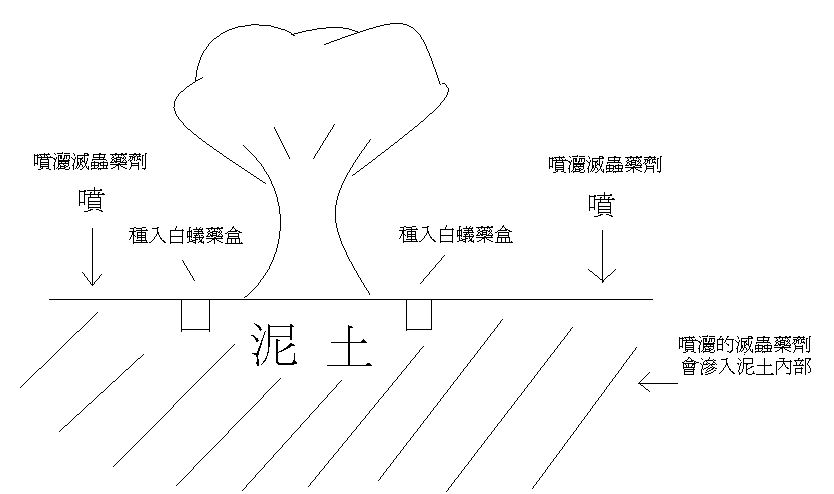
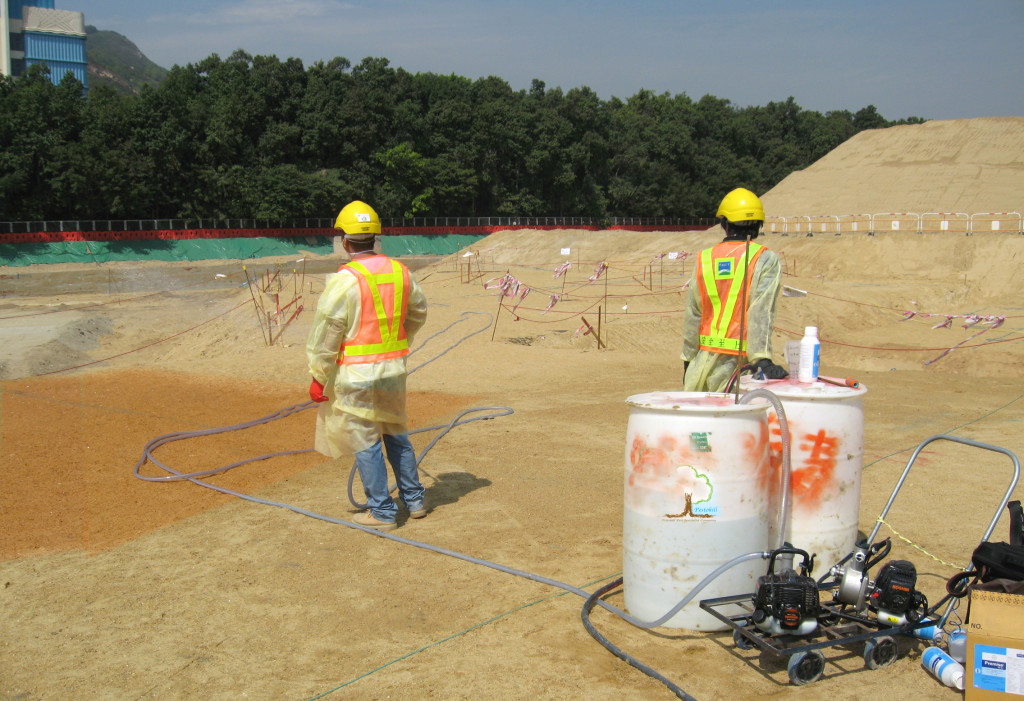
 9821 8022
9821 8022
